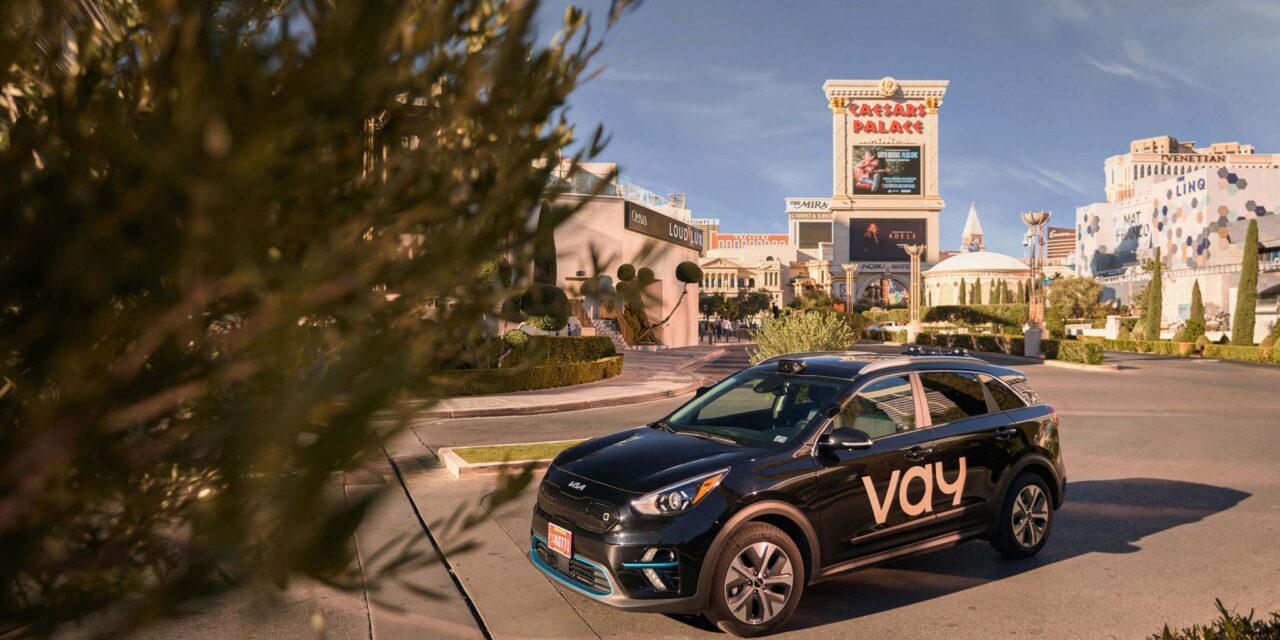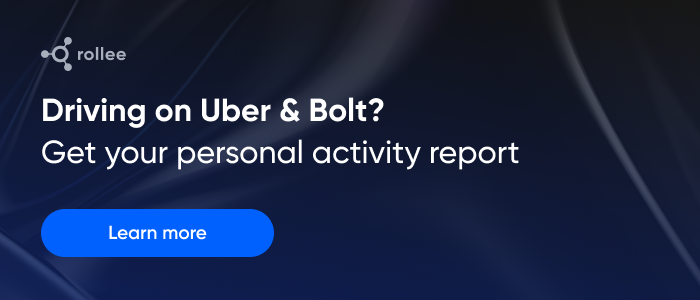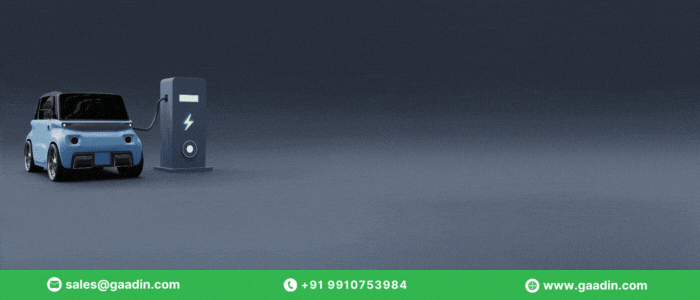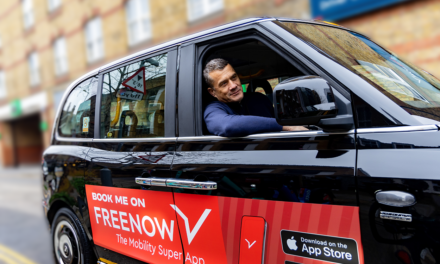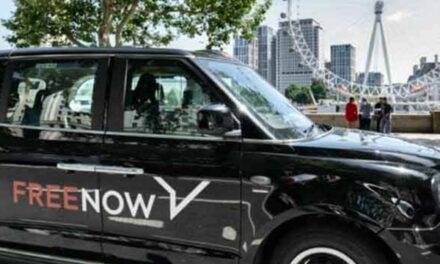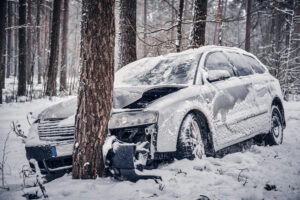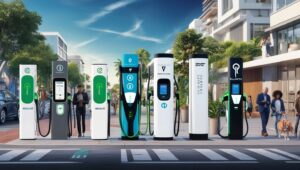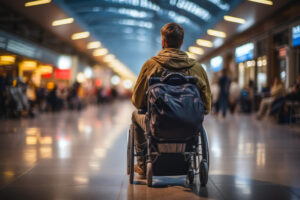Vay, the provider of automotive-grade teledriving (remote driving) technology, formally launches its business-to-business offering. Firms can now obtain Vay’s teledriving technology for their respective vehicle fleets, including car-as-a-service for OEMs, car share and rental firms, trucking, luxury/telechauffeuring, and delivery and logistics.
Vay rolled out its commercial carshare service in January of this year in Las Vegas (2024) and is the only company to drive on public roads in the US and Europe without a driver inside the car. The B2B expansion is led by a task force within the firm’s business development team headed up by Chief Business Officer Justin Spratt.
B2B use cases for delivery & logistics
Earlier this year, Vay made public it is working with PEUGEOT, equipping an E-308 to explore use cases for car rental operations. Vay and PEUGEOT will soon assess the use of teledriving technology for last-mile delivery, focusing on improving business efficiency for logistics firms.
Vay will be announcing a number of delivery-specific partnerships, including operations across trucking, LCV (light commercial vehicles), and last-mile—helping these firms streamline driver and vehicle uptime, increase profit margins, and improve the effectiveness of vehicle redistribution and maintenance.
Vay is hiring truck teledrivers at its US base in Las Vegas, Nevada, as part of this technology showcase & development process.
B2B use cases for car-as-a-service, car share & car rental
Vay also partnered with Ush and Poppy, subsidiaries of D’Ieteren, to roll out remote driving in Poppy’s 2,000+ car-share fleet. The partnership will demonstrate how teledriving can boost margins and market size for car-share operators. This tie-up is also centred on increasing fleet operations efficiency, highlighting how teledriving can improve overall electric vehicle occupancy.
Vay expects to announce a number of car-as-a-service partnerships this year and early into 2025, with several car rental and car share firms. Vay is also exploring use cases for the luxury OEM market. This includes telechauffeuring, where vehicle owners can drive themselves to a social event before being comfortably teledriven home.
Luxury OEMs will also be able to offer pickup and drop-off services to charge points and maintenance for luxury vehicles. Vay’s offering will help these brands provide a bespoke experience to their wealthy, high-cost vehicle owners.
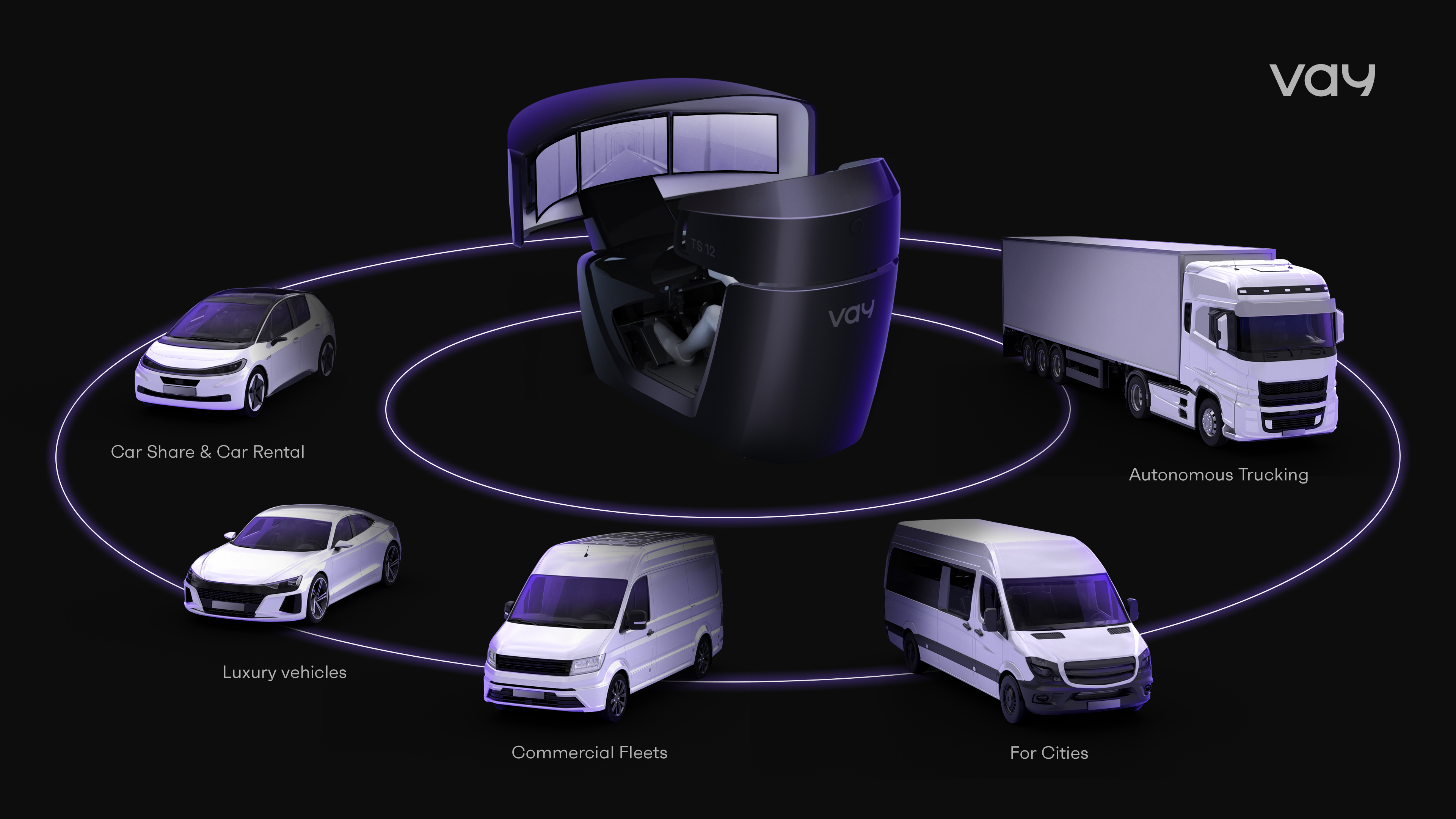
The business case for B2B teledriving applications
Vay has been focused on technology development and rollout to date. Its Las Vegas operations are one of the only live, driverless commercial services globally. The successful launch in January this year has allowed Vay’s team to work on business-to-business applications of teledriving technology.
Justin Spratt, Chief Business Officer at Vay, added: “The business case for teledriving is multi-industry, beyond the consumer service we are running in Las Vegas. Teledriving technology is scalable and available now for corporates—helping reduce the cost of fleet maintenance, keeping vehicles on the road longer, and getting the best value out of your driver operations.
Teledriving has a profound ability to increase cost-effectiveness for fleet operations. We’ve been speaking with key automotive players and have been surprised by the scale of demand we’ve seen.” Vay also expects to onboard a number of additional OEMs, following PEUGEOT, to showcase the value of teledriving technology for an array of use cases. This year, Vay will also begin work on developing a teledrive offering for public transportation operators.

